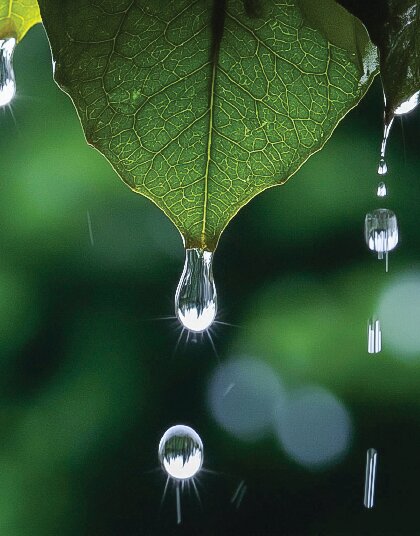During this spring season, the rain that has fallen in our region has brought with it more than just moisture. It has also brought with it the delightful aroma of petrichor, a term coined by Australian scientists in 1964 to describe the scent produced by rain. Petrichor is not a substance on its own but rather a combination of chemical compounds released by or contained within the rain that interact to create the recognizable scent we associate with rain.
The scent of petrichor is made up of several compounds, including ozone, which is typically found in the atmosphere. Rain can absorb ozone molecules as it falls through the air, bringing them down to the ground. Lightning during a rain event can also produce more ozone as it impacts oxygen molecules in the atmosphere. Geosmin, a chemical produced by bacteria in the soil called Actinomycetes, is also released into the air by falling raindrops and can be detected by the human nose at very low concentrations.
Plants also play a significant role in creating the complex chemical stew that is petrichor. During dry conditions, plants produce compounds that accumulate in the soil until rain falls. When the rain fills the voids in the soil, it pushes out these compounds, including stearic and palmitic acid. The scent of petrichor is further enhanced as



